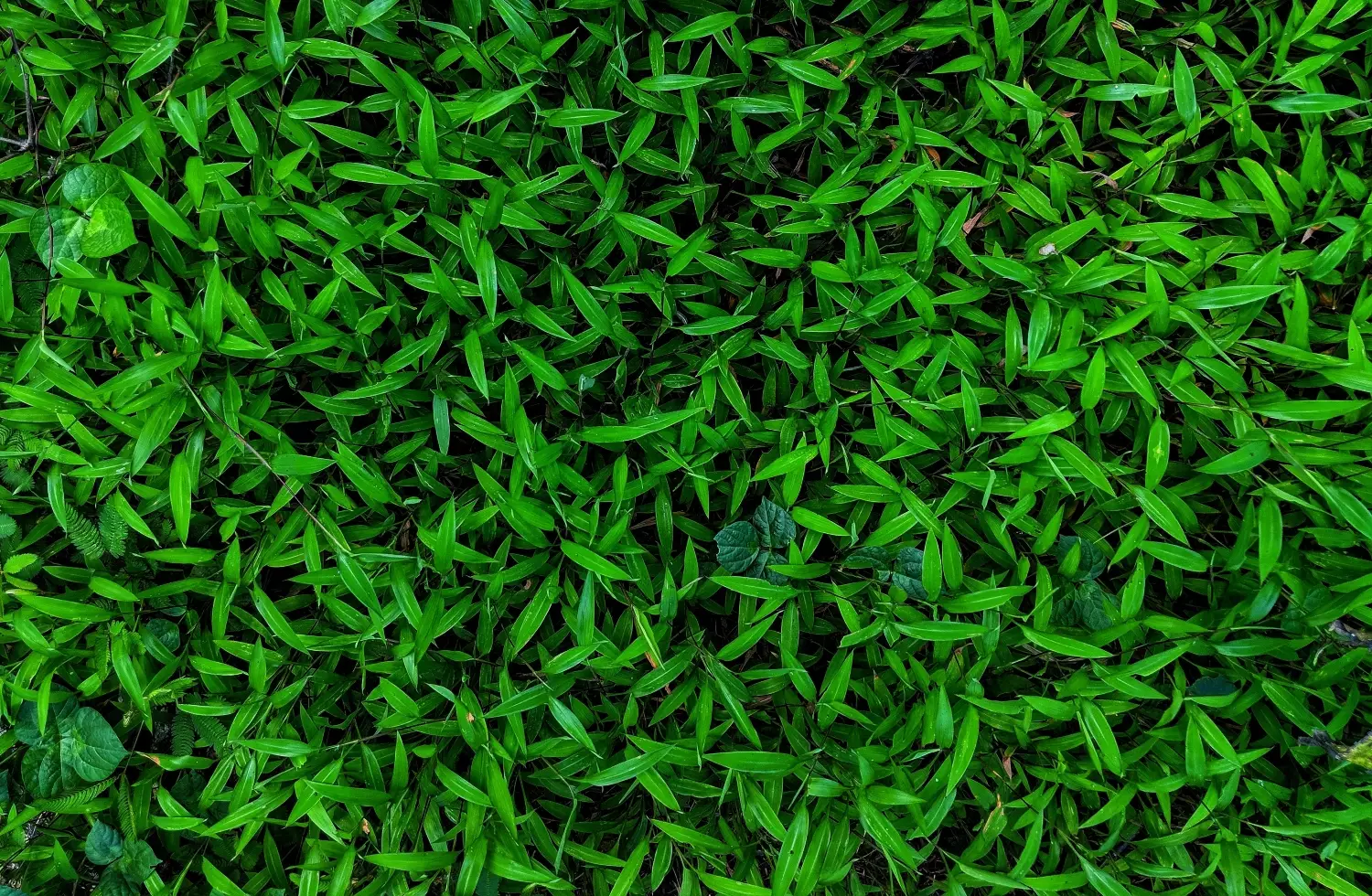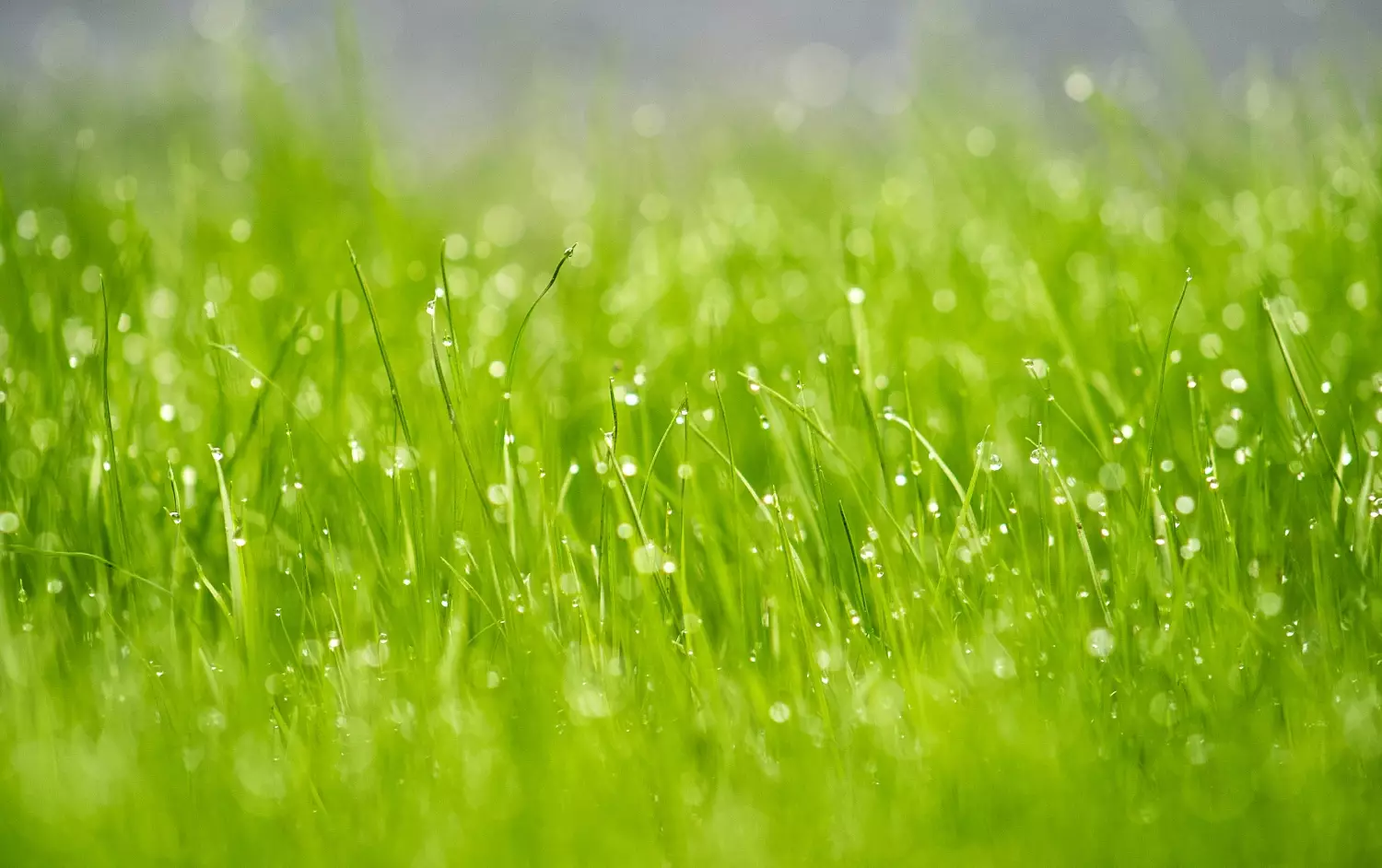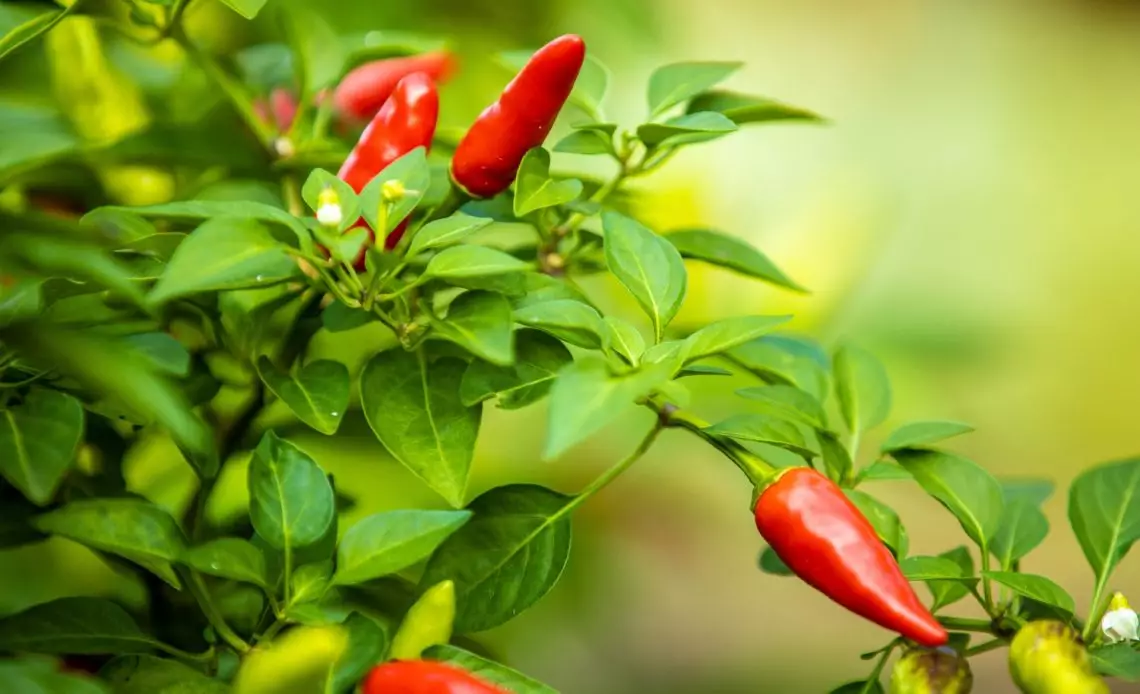1. Understanding 12-12-12 Fertilizer
12-12-12 fertilizer is a type of balanced, all-purpose fertilizer that contains equal proportions of three essential nutrients: nitrogen (N), phosphorus (P), and potassium (K). Each number in the fertilizer analysis represents the percentage by weight of the nutrient it contains. Here’s what the numbers in 12-12-12 signify:
- The first “12” represents the percentage of nitrogen, which promotes leaf and stem growth, as well as overall plant vigor.
- The second “12” represents the percentage of phosphorus, which aids in root development, flowering, and fruit production.
- The third “12” represents the percentage of potassium, which enhances plant resistance to disease, drought, and stress.
Having an equal proportion of these three essential nutrients makes 12-12-12 fertilizer suitable for a wide range of plants, including flowers, vegetables, trees, and shrubs.

2. Composition of 12-12-12 Fertilizer
12-12-12 fertilizer contains a balanced ratio of the three major nutrients, but it may also include minor elements and micronutrients necessary for plant health. Some additional elements found in 12-12-12 fertilizer may include:
- Calcium (Ca): Essential for cell wall formation and overall plant structure.
- Magnesium (Mg): Necessary for chlorophyll production and photosynthesis.
- Sulfur (S): Aids in protein synthesis and nutrient uptake.
- Boron (B), Copper (Cu), Iron (Fe), Manganese (Mn), Molybdenum (Mo), and Zinc (Zn): Micronutrients required in small quantities for various plant functions.
These additional elements ensure that plants receive a well-rounded supply of nutrients necessary for their growth and development.

3. Using 12-12-12 Fertilizer
When using 12-12-12 fertilizer, it’s important to follow proper application techniques to ensure optimal plant growth and prevent nutrient imbalances. Here’s how to use it effectively:
- Read the instructions: Always read and follow the instructions provided by the manufacturer for specific application rates and guidelines. Different brands may have varying recommendations.
- Determine the application method: 12-12-12 fertilizer can be applied in various ways, including broadcasting, side-dressing, or incorporating into the soil prior to planting.
- Calculate the appropriate amount: Determine the amount of fertilizer needed based on the size of the area to be fertilized and the specific crop or plant requirements. Use a garden scale or measuring cup to accurately measure the fertilizer.
- Timing: Apply the fertilizer at the appropriate time according to the specific needs of the plants. For example, for annual flowers and vegetables, it’s common to apply fertilizer at planting and then every 4-6 weeks throughout the growing season. Perennial plants may benefit from fertilizer application in early spring and again in late summer.
- Even distribution: Whether you’re broadcasting or side-dressing, ensure an even distribution of the fertilizer to avoid overfertilizing some areas and underfertilizing others. A handheld spreader or a shaker can be useful for broadcasting, while side-dressing can be done by creating a shallow trench or furrow alongside the plants and applying the fertilizer into it.
- Watering: After applying the fertilizer, water the plants thoroughly to help dissolve and distribute the nutrients into the soil. This will also prevent anyexcess fertilizer from burning the plant roots.

4. Precautions and Considerations
While 12-12-12 fertilizer is generally safe and effective when used according to instructions, it’s important to keep the following precautions in mind:
- Proper storage: Store the fertilizer in a cool, dry place away from children and pets. Follow any specific storage instructions provided by the manufacturer.
- Application rates: Avoid overapplication of fertilizer, as it can lead to nutrient imbalances, plant burn, or environmental pollution. Always follow the recommended application rates.
- Environmental impact: Be mindful of the potential environmental impact of fertilizer use. Avoid applying fertilizer near water bodies or in excessive amounts that can leach into groundwater or runoff into streams and lakes.
- Soil testing: Conducting a soil test can help determine the nutrient levels in the soil and guide you in making appropriate fertilizer choices. This can prevent unnecessary fertilizer applications and save costs.
- Personal protective equipment: When handling and applying fertilizer, wear appropriate protective equipment such as gloves and goggles to avoid skin and eye irritation.

5. Alternatives to 12-12-12 Fertilizer
While 12-12-12 fertilizer is a versatile option, there are other fertilizers available with different nutrient ratios that may better suit specific plant needs. Some alternatives include:
- Nitrogen-rich fertilizers: These are suitable for promoting leafy growth, such as 10-0-0 or 20-5-5.
- Phosphorus-rich fertilizers: These are beneficial for flowering and fruiting plants, such as 0-20-0 or 5-10-5.
- Potassium-rich fertilizers: These are useful for improving stress tolerance and root development, such as 0-0-60 or 10-10-20.
- Organic fertilizers: Organic options, such as compost, manure, or bone meal, provide a slow-release and natural source of nutrients. These can be beneficial for long-term soil health.
Conclusion
12-12-12 fertilizer is a balanced, all-purpose fertilizer that provides equal proportions of nitrogen, phosphorus, and potassium. It can be used for a wide range of plants and promotes healthy growth and development. By following proper application techniques and considering the specific needs of your plants, you can effectively use 12-12-12 fertilizer to enhance your gardening practices and achieve desirable results.





